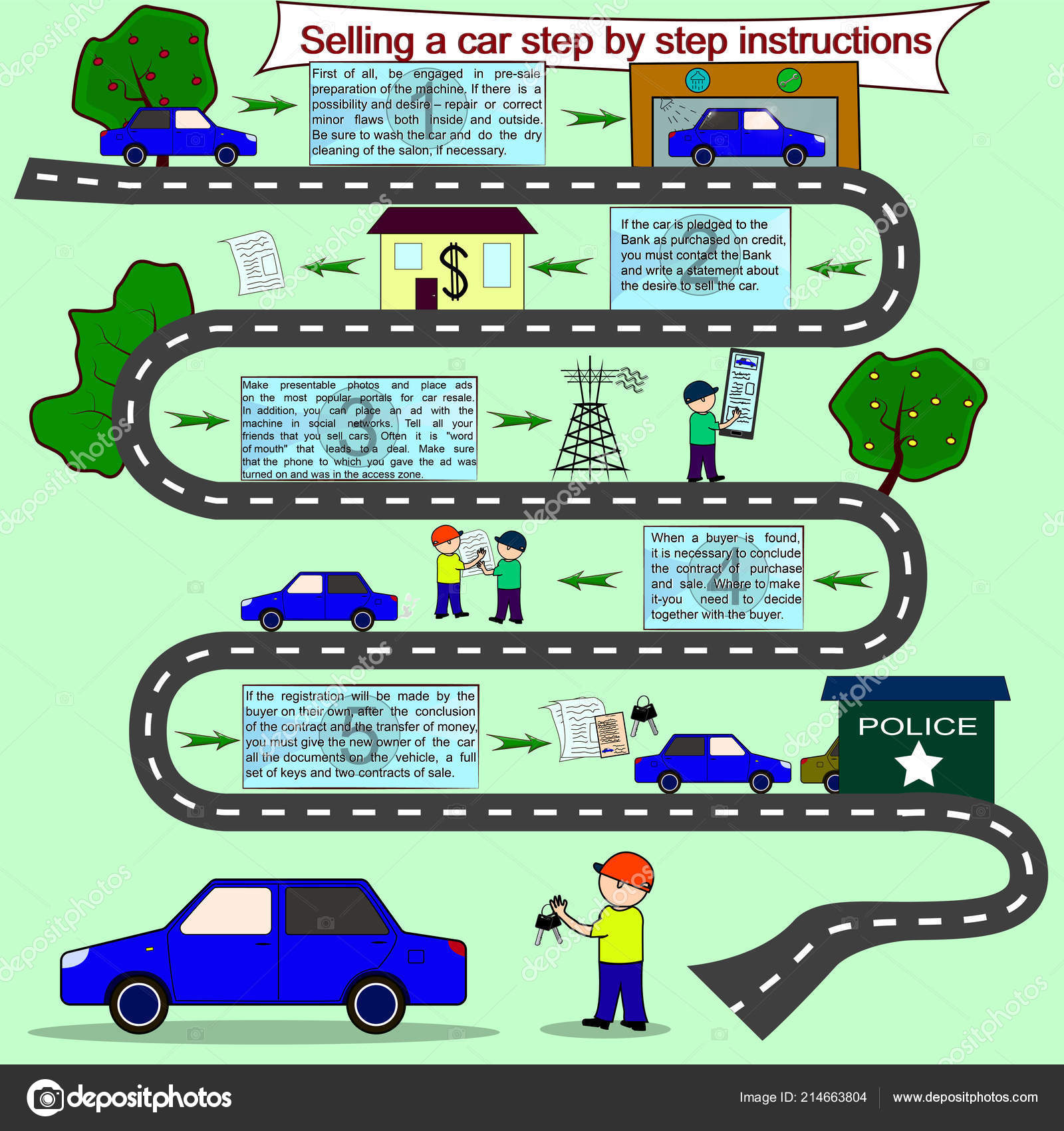Wondering About The Meaning Behind Those Control Panel Warning Lights? Gain Insights Right Into Their Ramifications For Your Lorry'S Safety And Security And Maintenance
Wondering About The Meaning Behind Those Control Panel Warning Lights? Gain Insights Right Into Their Ramifications For Your Lorry'S Safety And Security And Maintenance
Blog Article
Post By-Lauritsen Alvarado
When you're behind the wheel, those radiant warning lights on your dashboard can be a bit complicated. Do you recognize what they're attempting to tell you regarding your automobile's health and wellness? Recognizing the significance of these lights is essential for your safety and security and the long life of your car. So, the next time among those lights pops up, wouldn't you wish to analyze its message precisely and take the essential actions to resolve it?
Common Warning Lighting and Interpretations
Recognize common warning lights in your auto and understand their meanings to make certain safe driving.
One of the most typical warning lights include the check engine light, which signifies concerns with the engine or emissions system. If this light comes on, it's important to have your automobile examined without delay.
The oil stress advising light shows low oil stress, requiring immediate interest to stop engine damages.
A flashing battery light might recommend a malfunctioning billing system, potentially leaving you stranded otherwise attended to.
The tire pressure monitoring system (TPMS) light alerts you to low tire pressure, influencing automobile stability and gas effectiveness. Neglecting this can cause risky driving conditions.
The abdominal light indicates a problem with the anti-lock braking system, endangering your capability to quit quickly in emergencies.
Last but not least, the coolant temperature level cautioning light warns of engine overheating, which can lead to extreme damages if not dealt with swiftly.
Recognizing these common warning lights will help you attend to issues promptly and keep safe driving problems.
Importance of Prompt Interest
Understanding the usual warning lights in your vehicle is only the very first step; the importance of quickly addressing these warnings can not be emphasized enough to guarantee your safety when traveling.
When a caution light illuminates on your control panel, it's your vehicle's way of interacting a prospective issue that requires attention. Ignoring these warnings can result in more severe problems later on, jeopardizing your safety and potentially costing you extra in repairs.
Motivate attention to cautioning lights can protect against break downs and mishaps. For https://quickoilchangenearme18495.blog2news.com/32701321/analyze-your-automobile-s-demands-to-discover-the-best-automobile-outlining-solution-for-you-however-which-aspects-will-really-affect-your-decision , a flashing check engine light might indicate a misfire that, if left neglected, could cause damages to the catalytic converter. Resolving this quickly can conserve you from a pricey repair service.
Similarly, a brake system alerting light might signal reduced brake liquid or used brake pads, important parts for your safety when driving.
Do It Yourself Troubleshooting Tips
If you observe a warning light on your dashboard, there are a few do it yourself troubleshooting pointers you can attempt before looking for professional assistance.
just click the next web page is to consult your car's guidebook to recognize what the specific warning light indicates. Often the problem can be as simple as a loosened gas cap triggering the check engine light. Tightening the gas cap may solve the issue.
An additional common issue is a low battery, which can activate numerous cautioning lights. Checking the battery connections for corrosion and guaranteeing they're safe and secure may fix the issue.
If a warning light lingers, you can try resetting it by detaching the cars and truck's battery for a couple of minutes and then reconnecting it. In addition, inspecting your car's liquid degrees, such as oil, coolant, and brake liquid, can help repair advising lights related to these systems.
Verdict
Finally, comprehending your cars and truck's caution lights is essential for keeping your vehicle running efficiently and safely. By promptly addressing these signals and understanding what they imply, you can stay clear of expensive repair services and potential breakdowns.
Remember to consult your car's handbook for certain details on each warning light and act as necessary to make sure a trouble-free driving experience.
Remain educated, remain risk-free when driving!
